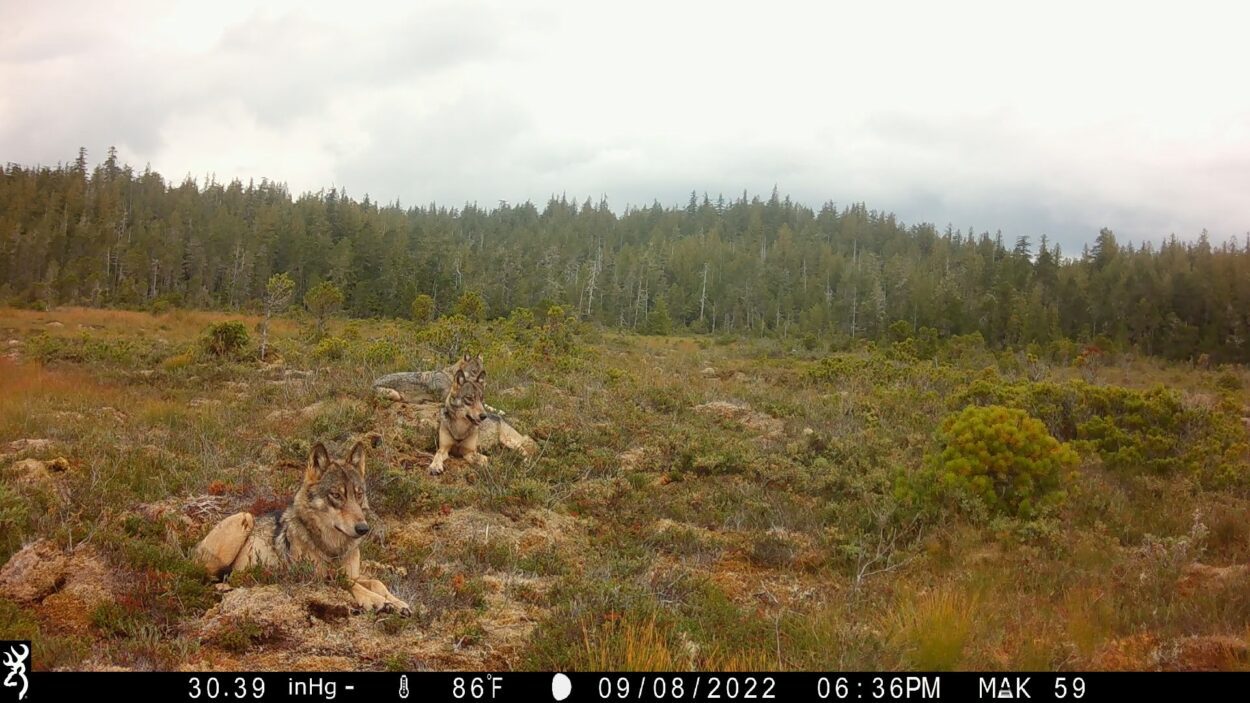
The 2023 wolf trapping season in Game Management Unit 2, which includes Prince of Wales Island and outlying islands, concluded December 15. Alaska Department of Fish and Game reported that the total wolf harvest for the month long season was 70 wolves.
Fish and Game Biologist Ross Dorendorf said that the season went about as expected.
“That’s based on the average harvest rate per day of wolves since 2019,” he explained. “So we take that average harvest rate and then we use that information to look at the current population estimates and figure out what’s sustainable, which is typically around 30% of the population.”
The department previously expected up to 80 animals to be harvested. The actual take is relatively consistent with the 2022 and 2021 seasons.
Harvest numbers have been a point of contention among Ketchikan residents since the department switched to a season-based system to manage wolf populations about four years ago. Since the transition, the season has been 31 days or less.
The month-long trapping season on Prince of Wales is different from the federal and statewide hunting seasons. Hunters don’t pose much of a threat to wolves on state or federal land in Game Unit 2. Their season began in September but of the 70 wolves harvested last year, only four were shot by hunters.
Fish and Game bases harvest quotas on the previous years population estimates. Last year’s season was based on an estimate from fall 2022 of about 250 wolves in the area.
“Collection occurs from September, through December, the last week of September through the first week of December to be more specific,” said Dorendorf, adding that they won’t be able to estimate the 2023 pre-season population until this fall. “And that whole process of processing all those samples, and then getting the information back and crunching the numbers and getting an actual estimate usually takes about eight to 10 months.”
Department officials also shared concerns for the future of the population. They’ve identified upticks in inbreeding and other genetic dangers for the species, however hunters and trappers have shared concerns about what more wolves could mean for prey species like deer.





